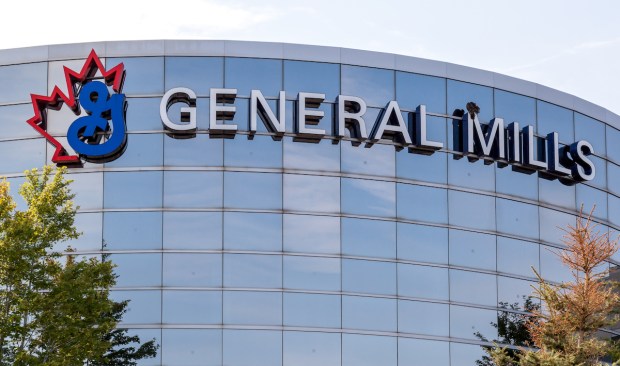
As consumers increasingly turn to digital channels to feed their fur babies, General Mills is seeing in-store pet food sales take a dip, even as eCommerce continues to grow in the category.
The food giant shared in prepared remarks accompanying its second-quarter fiscal 2024 earnings release Wednesday (Dec. 20) how the category has been changing.
“The U.S. macro environment continues to be a headwind to premium pet food, as pet parents display greater mobility and value-seeking behaviors,” General Mills CEO Jeff Harmening said. “We’re also seeing a more meaningful shift in channel performance, with double-digit retail sales declines in the pet retail channel in Q2 only partially offset by low- to mid-single-digit growth in the food, drug and mass and eCommerce channels.”
Consumers are buying pet food via digital channels. The PYMNTS Intelligence study “Changes in Grocery Shopping Habits and Perception,” based on responses from more than 2,400 U.S. consumers, revealed that 27% of those who purchase pet supplies primarily do so in physical stores. In contrast, 19% purchase the majority (but not all) of their pet supplies digitally, and 55% do so exclusively via eCommerce channels.
Plus, PYMNTS Intelligence found that consumers who buy pet products from eCommerce channels are less likely to shop in brick-and-mortar stores, according to the report “The Replenish Economy: A Household Supply Deep Dive,” created in collaboration with sticky.io. The study, which drew from a survey of more than 2,000 U.S. consumers, revealed that 53% of those subscribed to Chewy’s Goody Boxes for pets (in which 15% of subscribers are enrolled), and 45% of those subscribed to BarkBox (which has captured a 14% share of subscribers) shop less in stores as a result of these services.
The shift to digital in the category makes sense, given the common demand for highly specialized pet food options and consumers’ disproportionate inclination to turn to eCommerce for shelf-stable categories relative to perishable items (except Instacart shoppers).
Consumers have only in recent months begun to downgrade on pet food, as Harmening observed. For much of this inflationary period, pet parents held out, continuing to splurge on premium options even as they traded down on their own groceries.
Across the categories in which it operates, General Mills is seeing its digital growth outpace brick-and-mortar growth, with the former rising double digits even as total net sales dipped by 2%, with connected commerce efforts playing a key role in this eCommerce growth.
“We leveraged our investments in online and connected commerce capabilities to show up with excellence at the digital shelf,” Harmening said. “Our retail sales through U.S. eCommerce channels grew double digits in the second quarter, and we continue to enjoy higher overall market shares in eCommerce as compared to brick-and-mortar outlets.”
Similarly, the PYMNTS Intelligence study “Tracking the Digital Payments Takeover: Catching the Coming eCommerce Wave,” created in collaboration with Amazon Web Services (AWS), revealed that 32% of shoppers said they are very or extremely likely to increase their online grocery purchases in the next year.